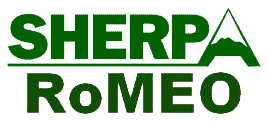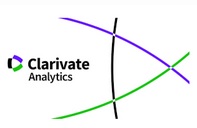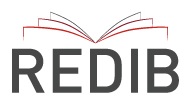Development and Validation of a Questionnaire (the IRA-AGHN) to Assess Teachers’ Knowledge of Attention Deficit Hyperactivity Disorder
Supporting Agencies
- UPV/EHU
Abstract
The purpose of this study was to develop a questionnaire, called IRA-AGHN, to assess infant and primary school teachers’ knowledge of Attention Deficit Hyperactivity Disorder. The psychometric properties of this questionnaire were examined in a sample of 752 teachers aged between 20 and 64 years (M = 41.57; SD = 9.69). These teachers were employed at 84 randomly selected schools in the Autonomous Community of the Basque Country and Navarre. The factor validity, internal consistency, temporal stability, convergent validity and external validity of the instrument were all analysed. The results suggest that the IRA-AGHN is a valid and reliable measure for assessing teachers’ knowledge of ADHD.Downloads
The works published in this journal are subject to the following terms:
1. The Publications Service of the University of Murcia (the publisher) retains the property rights (copyright) of published works, and encourages and enables the reuse of the same under the license specified in paragraph 2.
© Servicio de Publicaciones, Universidad de Murcia, 2022
2. The works are published in the online edition of the journal under a Creative Commons Reconocimiento-CompartirIgual 4.0 (legal text). You can copy, use, distribute, transmit and publicly display, provided that: i) you cite the author and the original source of publication (journal, editorial and URL of the work), ii) are not used for commercial purposes, iii ) mentions the existence and specifications of this license.
This work is licensed under a Creative Commons Attribution-ShareAlike 4.0 International License.
3. Conditions of self-archiving. Is allowed and encouraged the authors to disseminate electronically pre-print versions (version before being evaluated and sent to the journal) and / or post-print (version reviewed and accepted for publication) of their works before publication, as it encourages its earliest circulation and diffusion and thus a possible increase in its citation and scope between the academic community. RoMEO Color: Green.















